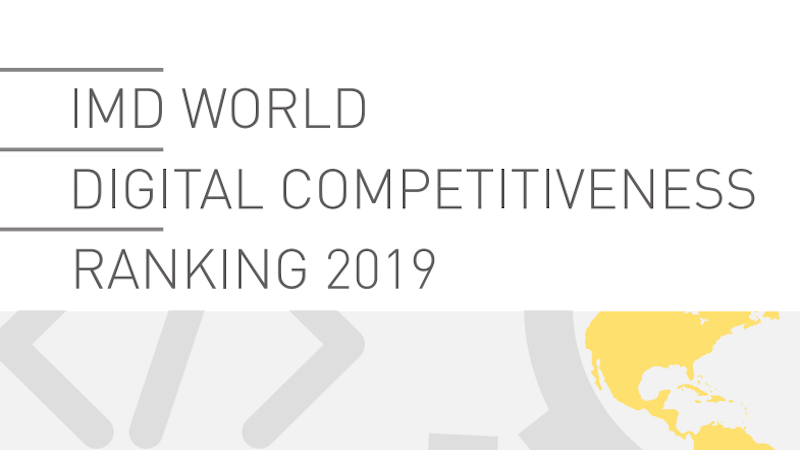The recent digital competitive index by Swiss business school IMD, flagged a worrying trend in Australian industry, reporting the nation’s commercial sector is falling behind its international counterparts in digital competitiveness.
Overall the IMD’s digital competitive rankings weren’t terrible for Australia with the nation only sliding one place to 15th globally from its 2018 place — albeit down from ninth five years ago.
But the indicators that kept Australia in the top 20 were in the nation’s international student numbers and the national credit rating, hardly the mark of an economy on the leading edge.
Jarringly, the survey ranked the nation’s business agility, 45th out of the 63 economies surveyed.
IMD’s definition of an economy’s business agility includes the local industry’s adoption of big data, IT integration, concentration of robots and local companies’ ability to respond to opportunities among other factors.
For those of us who’ve spent the last two decades proselytising about the importance of investing in technology, the fall was disappointing but unsurprising as Australia has long been lagging in its digital investments.
The answers to why this is happened over a twenty year period that saw Australia become one of the world’s richest economies lies mainly in the investment priorities and opportunities of the nation’s small business and corporate sectors.
With the exception of the mining industry, Australian corporations aren’t globally focused. Most of the nation’s large corporations are domestically facing service providers like banks, telcos, toll road operators and supermarkets which sees them focused on maximising local profits rather than competing in international markets.
Most of them also operate as duopolies or monopolies, so much so that in most sectors, Australia can be described as the ‘Noah’s Ark of business’.
Added to that, those dominant local corporates have shareholders addicted to high dividends., in turn reducing the funds available for reinvesting in the businesses.
When Australian corporates do invest in digital technologies, it’s almost always to slash costs. A mindset which leads them into disastrous deals with global IT outsourcers and tech vendors.
Of course continual failure on that level doesn’t matter when you can pass the costs of failure onto customers by increasing milk prices or credit card fees.
For the small business sector there’s a slightly different set of constraints, however with most SMB’s also being local service providers they haven’t needed to invest to stay competitive.
But small businesses trying to compete in global markets, or looking to invest invest, face another problem — accessing capital.
Over the last 30 years, Australia’s small business sector has been frozen out of bank lending with loans only accessible to proprietors able to pledge 100% collateral — usually home equity — against their loans.
For providing effectively risk free loans Australian banks charged handsomely, helping make them the profitable banks on the planet, something that was missed in the weak, and dare one say naive, conclusions of the Hayne Royal Commission into the nation’s finance industry.
The upshot of the banks’ refusal to lend to small businesses means their investment and subsequent productivity has stagnated and fewer have been able to compete in global markets.
So Australia’s fall in competitive indexes isn’t surprising and it’s an added handbrake on the economy as the government struggles with flat income growth, stagnant private sector employment rates and declining GDP per capita.
Fixing these roadblocks is wholly up to government — the banking system needs to be reformed, taxation policies need to be overhauled and serious consideration has to be made about breaking up the nation’s more inefficient and dominant corporates to stimulate domestic competition and innovation.
Sadly, there’s little recognition of the problem among Australian’s politicians, bureaucrats, business leaders or media and, one suspects, there’s no appetite for meaningful reform.
So Australia will muddle along for the moment, but its hard to see how living standards can be maintained as the country’s business sector stagnates.
Which is the real warning from the IMD.


Leave a Reply